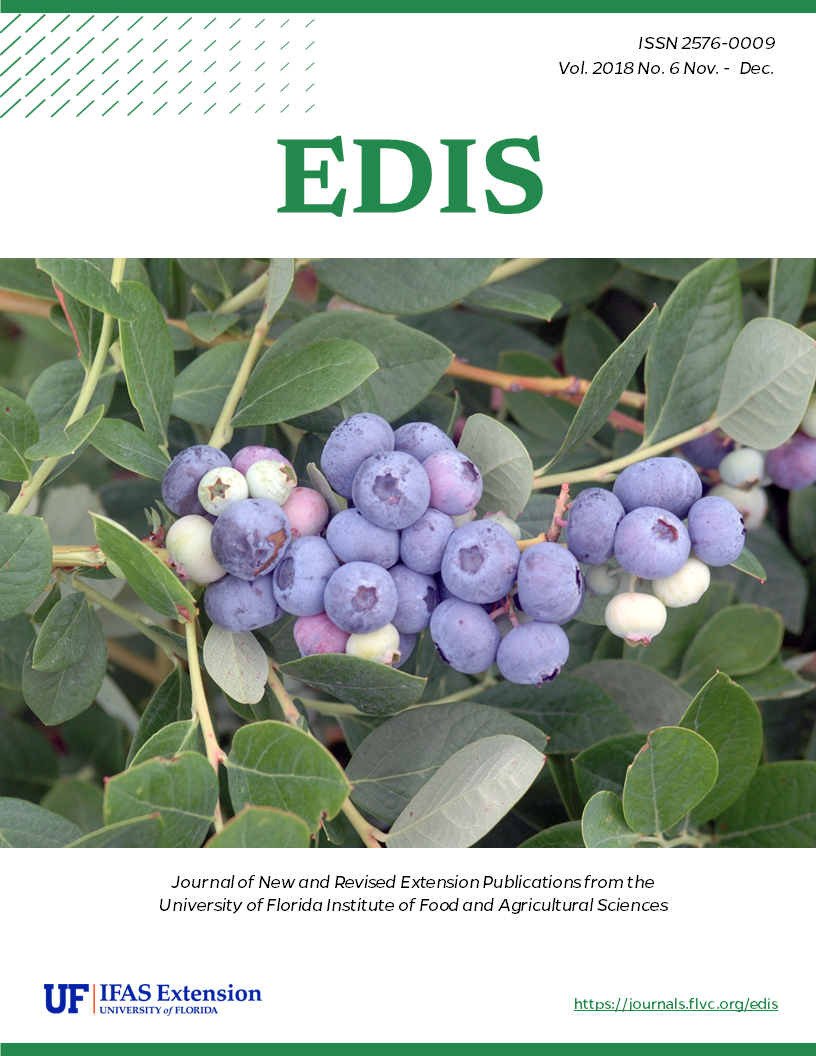Abstract
Naked seeds derived from ‘naked-seed’ pumpkin (Cucurbita pepo L.) are a popular ingredient in many snacks, breads, breakfast cereal, soups and other edible goods (Baxter et al. 2012; Loy 2004). Vegetable oil derived from the seed can be purchased by the bottle for culinary/ condiment use or as formulated capsules in health food stores (Stevenson et al. 2007). Unlike conventional hulled pumpkin seeds, naked seeds lack a complete seed coat, thus are preferred for snacking and oil production because they eliminate the need for manual de-hulling prior to use. Popularity of naked seed products is expected to increase in the US as the market for healthy foods increases. Pumpkin seed is rich in oil (50% w/w), protein (35%), unsaturated fatty acids (86%) (Meru et al. 2018), and antioxidants that have many health benefits, including a reduced risk of certain cancers (Lelley et al. 2009; Nesaretnam et al. 2007; Stevenson et al. 2007), treatment of enlarged prostate, and lowering cholesterol levels (Fruhwirth and Hermetter 2007; Thompson and Grundy 2005). Despite growing popularity of pumpkin seeds in the US, a majority of naked seeds consumed in the US is imported; hence, the need to identify/ develop cultivars adapted to local growing conditions. This article reports yield and horticultural performance of two ‘naked-seed’ pumpkin cultivars under south Florida (Miami-Dade County) spring growing conditions.
References
Baxter, G. G., K. Murphy, and A. Paech. 2012. "The Potential to produce pumpkin seed for processing in north east Victoria". Rural Industries Development Corporation. 11/145:5-36.
Buhrig, W. H. 2017. "Can pumpkins be grown competitively for snack seed purposes in Malheur County?" Agricultural Research Foundation, Oregon State University. 1-6
Fruhwirth, G. O., and A. Hermetter. 2007. "Seeds and oil of the Styrian oil pumpkin: Components and biological activities." Eur. J. Lipid Sci. Technol. 109: 1128-1140. https://doi.org/10.1002/ejlt.200700105
Lelley, T., B. Loy, and M. Murkovic. 2009. "Hull-Less oil seed pumpkin." In J. Vollmann and I. Rajcan (eds.), Oil Crops, Handbook of Plant Breeding. https://doi.org/10.1007/978-0-387-77594-4_16
Loy, J. B. 2004. "Morpho-physiological aspects of productivity and quality in squash and pumpkins Cucurbita (spp.)." Critical Reviews Plant Sci. 23: 337-363. https://doi.org/10.1080/07352680490490733
Meru, G., Y. Fu, D. Leyva, P. Sarnoski, and Y. Yagiz. 2018. "Phenotypic relationships among oil, protein, fatty acid composition and seed size traits in Cucurbita pepo." Sc. Hort. 233: 47-53. https://doi.org/10.1016/j.scienta.2018.01.030
Meru, G., Y. Fu, D. Leyva, P. Sarnoski, and Y. Yagiz. 2017. Health benefits of pumpkin seed and nutrition profile of 35 pumpkin accessions. HS1312. Gainesville: University of Florida Institute of Food and Agricultural Sciences. http://edis.ifas.ufl.edu/hs1312
Murovec, J. 2015. "Phenotypic and genetic diversity in pumpkin accessions with mutated seed 302 coats." HortScience 50: 211-217. https://doi.org/10.21273/HORTSCI.50.2.211
Nesaretnam, K., P. A Gomez, K. R. Selvaduray, and G. A. Razak. 2007. "Tocotrienol levels in adipose tissue of benign and malignant breast lumps in patients in Malaysia. Asia." J. Clin. Nutr. 16: 498-504.
Stephens, J. M. 2015. Pumpkin, Naked-Seeded- Cucurbita pepo L. HS650. Gainesville: University of Florida Institute of Food and Agricultural Sciences. http://edis.ifas.ufl.edu/mv117
Stevenson, D. G., F. J. Eller, L. Wang, J. L. Jane, T. Wang, and G. E. Inglett. 2007. "Oil and tocopherol content and composition of pumpkin seed oil in 12 cultivars." J. Agric. Food Chem. 55: 4005-4013. https://doi.org/10.1021/jf0706979
Thompson, G. R., and S. M. Grundy. 2005. "History and development of plant sterol and stanol esters for cholesterol-lowering purposes." Am. J. Cardiol. 96: 3D-9D. https://doi.org/10.1016/j.amjcard.2005.03.013
Unless otherwise specified, articles published in the EDIS journal after January 1, 2024 are licensed under a Creative Commons Attribution-NonCommercial-NoDerivs 4.0 International (CC BY-NC-ND 4.0) license.

